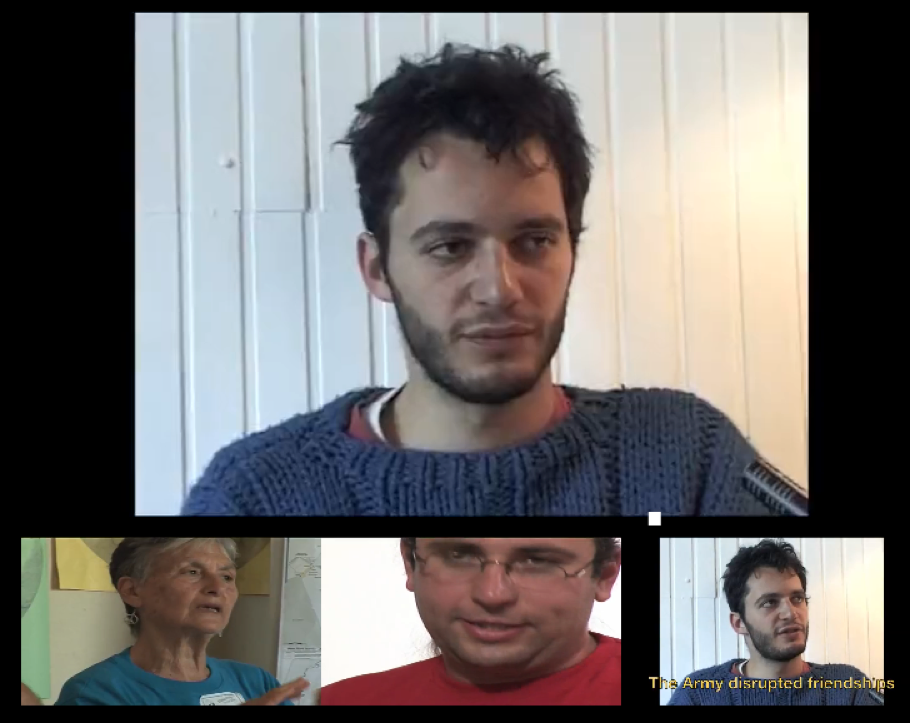The Only Democracy? » On The Ground Reports » How to lift the closure of Gaza in three easy steps
How to lift the closure of Gaza in three easy steps
From Gisha’s Gaza Gateway, what it would actually take to end just the closure of Gaza, although not the entire Occupation.
Israel’s Deputy Foreign Minister said last week that the continued smuggling of weapons into the Gaza Strip threatens further implementation of the “easing” of the closure. Israel of course has the right to prevent the passage of arms shipments (as it did this week at sea). But why weapons smuggling should prevent easing the closure is not entirely clear, as we (and 1.5 million residents of Gaza!) are asking that civilians and civilian goods be permitted to pass through the border crossings (where they undergo Israeli security checks).
So what exactly are we asking for? That the welcome but unfortunately limited measures taken to ease the closure be expanded, so that civilians and civilian goods can enter and leave Gaza. This week, we present three easy steps for how Israel can lift the closure while protecting legitimate security interests:
Step #1: Lift restrictions on exports from Gaza:
Recently, Israel allowed the export of tomatoes for sale in Europe. This was in addition to the permission given in the last two months for the export of strawberries, flowersand peppers, to the tune of an average of four trucks per day of exports – as opposed to the 400 trucks per day promised by Israel in 2005. Israel should now lift restrictions on the export of all goods, subject only to appropriate security checks. Export should be allowed not only to Europe (a market with limited profitability), but also to markets in Israel and the West Bank. Export is vital in order to inject money into the private sector in Gaza and consequently to lower unemployment (currently at 37.4%) and raise consumption. Only then will the entire economy recover – industry, agriculture, trade and services.
Step #2: Cancel the ban on the transfer of construction materials:
As part of the package of measures to ease the closure, presented by Prime Minister Netanyahu a month ago, Israel promised to allow the entry of 40,000 tons of gravel into the Gaza Strip, about 1000 truckloads, as an exception to the ban on the transfer of building materials. Approximately 400 trucks have already entered through the Sufa crossing in the last week. This should only be the first step however: we note that since the “easing” of July 2010, Israel has allowed just 4.4% of the building materials (gravel, cement and steel) needed by Gaza residents – not nearly enough to rebuild.
There is an urgent need in the Gaza Strip to build schools, hospitals and homes, some of which have been in ruins for two years, following Operation Cast Lead. If we really want to rebuild Gaza, we need to end the ban on construction materials and re-open closed crossings to allow for their transfer. Israel argues that Hamas will use cement to build bunkers but meanwhile, the government in Gaza buys cement freely through the tunnels. Rather, it is international organizations and poor families who wish to rebuild their homes who are unable to purchase cement.
Step #3: Allow people to travel into and out of the Gaza Strip subject only to individual security checks:
In the last few months, Israel has indeed allowed more businessmen (but not women!) to leave the Gaza Strip for commercial purposes, which certainly aids the recovery of Gaza’s economy. However apart from businessmen, travel between Gaza and the West Bank remains limited to “exceptional humanitarian cases”. Israel must now increase the number of exit permits for all kinds of commercial purposes (men and women alike!), allow students to travel to study in the West Bank, let educators and academics travel for professional courses and training and, in fact, allow travel between Gaza and the West Bank subject only to individual security checks.
Filed under: On The Ground Reports · Tags: Closure, Gaza, Gisha, Siege









 “You have a choice! Israeli Anti-Militarists Speak”
“You have a choice! Israeli Anti-Militarists Speak”